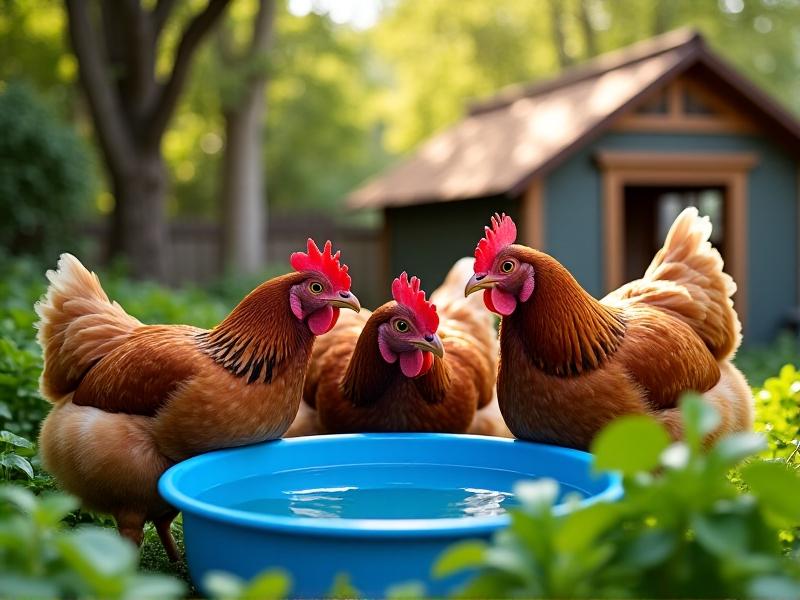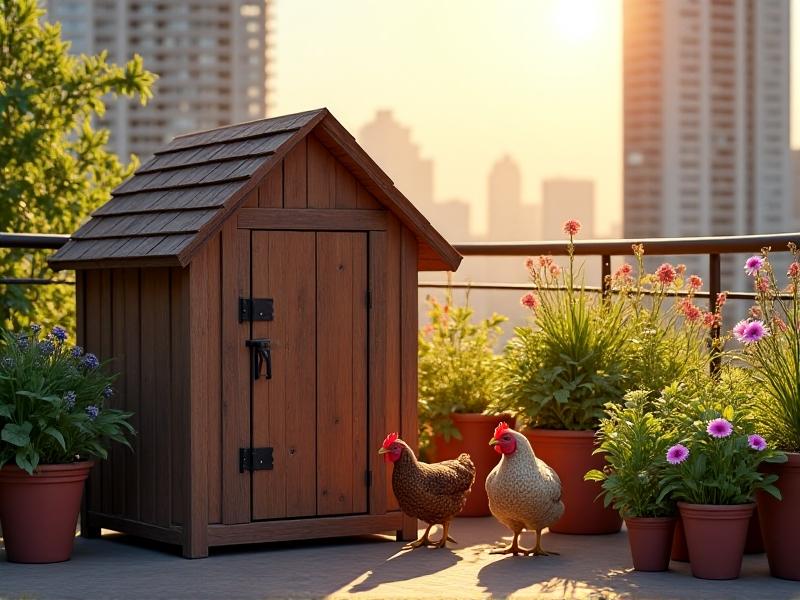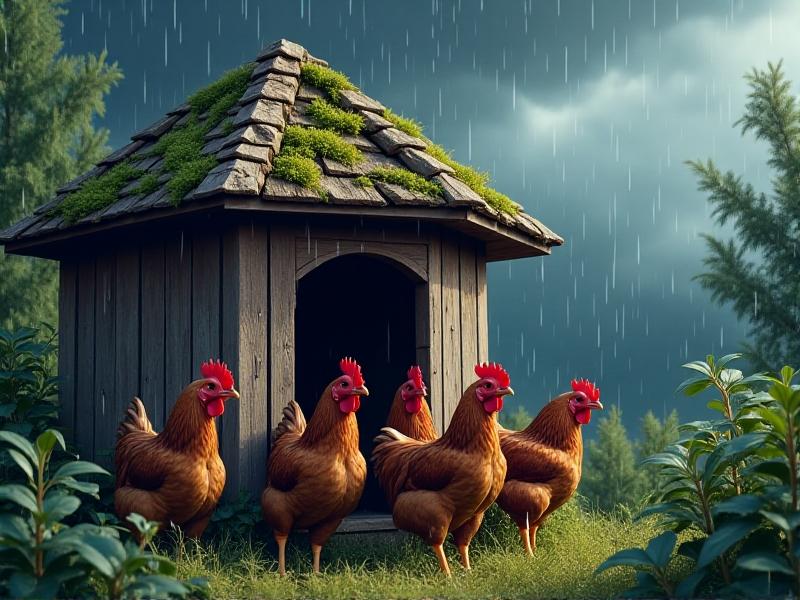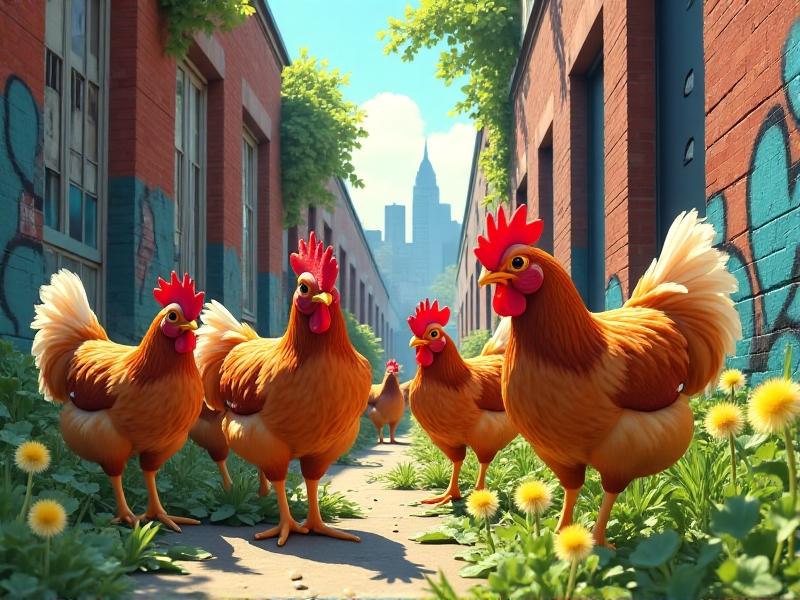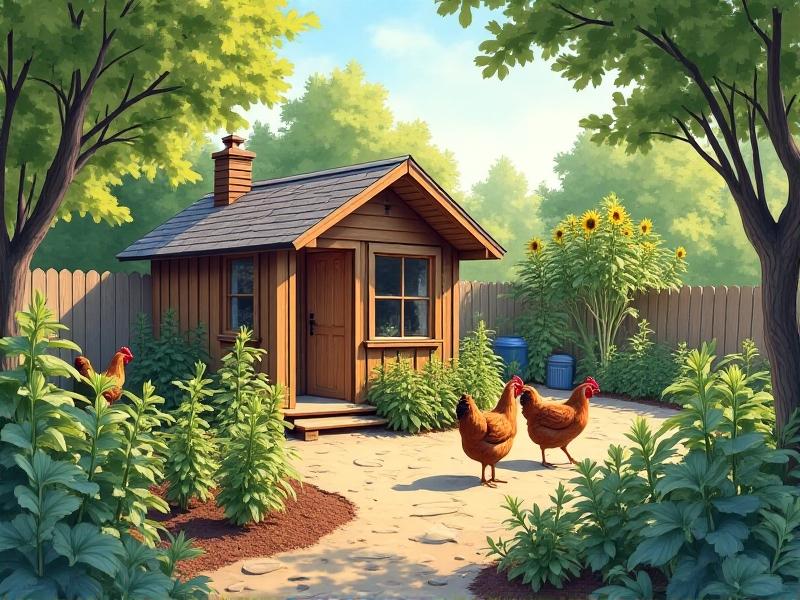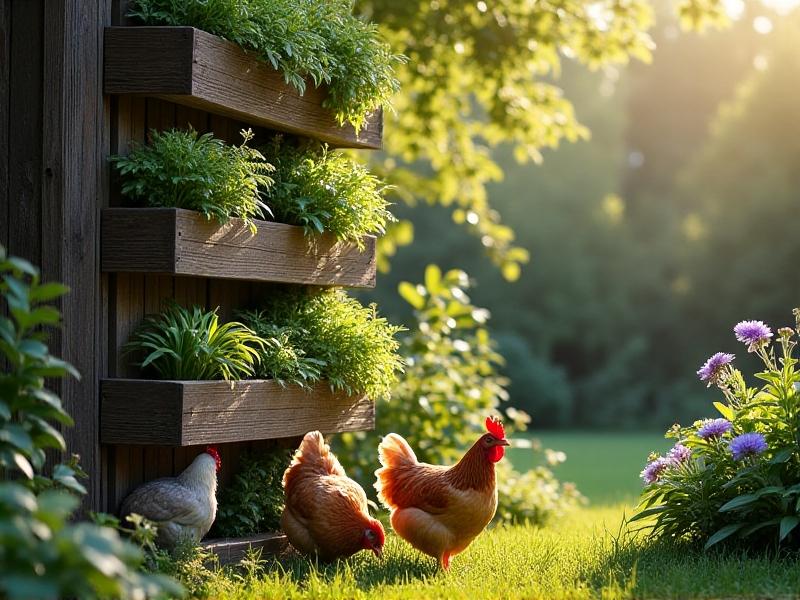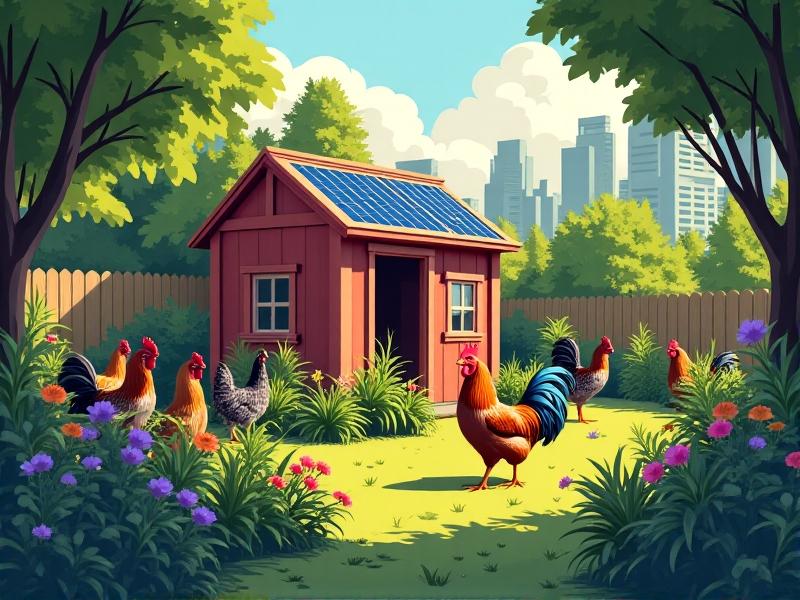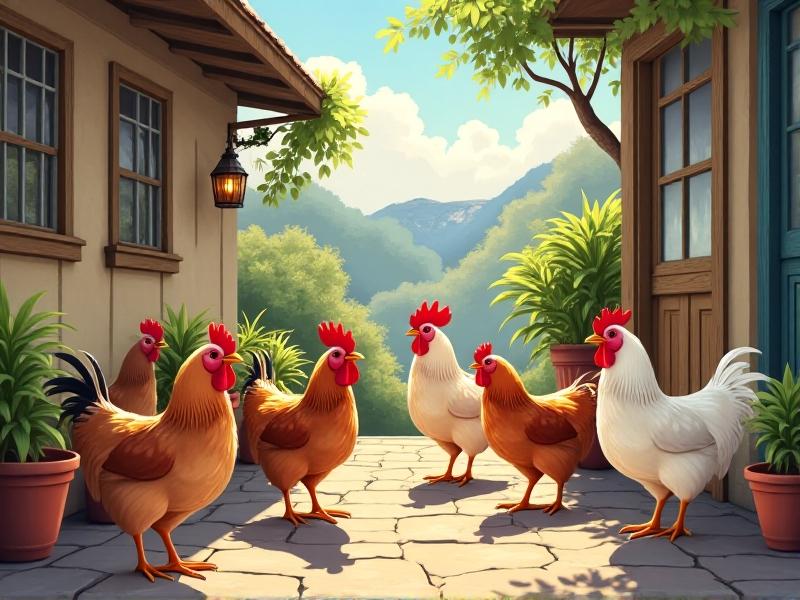Weather-Resistant Designs: Protecting Urban Flocks from Elements
The Vulnerability of Urban Birds in a Changing Climate
Urban environments, with their concrete jungles and fragmented green spaces, pose unique challenges for bird populations. As cities expand, natural habitats shrink, leaving species like sparrows, pigeons, and migratory birds exposed to extreme weather. Heatwaves, torrential rains, and freezing temperatures amplify stress on these flocks, disrupting nesting cycles and reducing food availability. Rooftops, ledges, and streetlights—common urban perches—offer little protection from storms or scorching sun. Without intervention, cities risk becoming ecological traps, where birds struggle to survive despite the illusion of shelter.
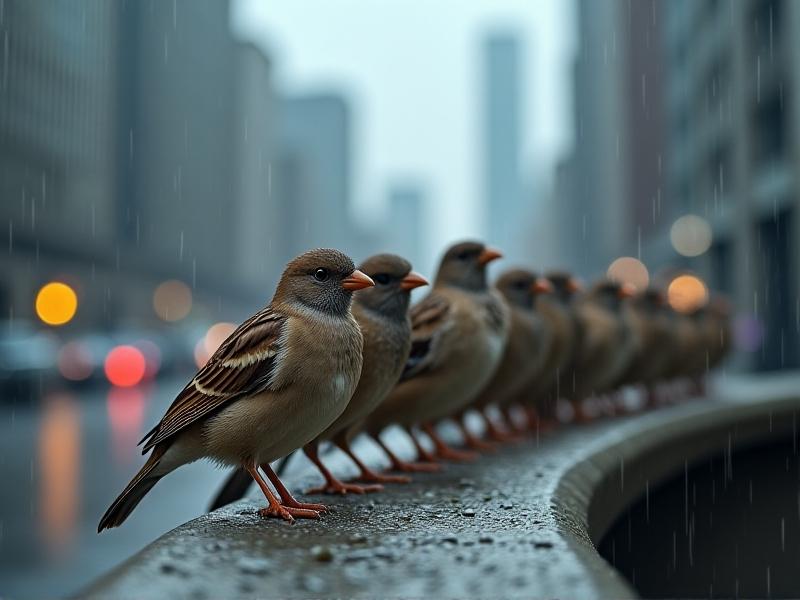
Materials and Architecture: Building for Avian Resilience
Innovative materials are redefining how urban structures can protect birds. Textured concrete with crevices mimics natural cliff faces, providing secure nesting spots, while UV-resistant polymers shield rooftop habitats from sun degradation. Architects are integrating features like sloping overhangs to deflect rain and insulated cavities in building facades to buffer against temperature swings. For example, the Bird-Friendly Glass Initiative uses patterned glazing to prevent collisions while offering thermal insulation—a dual-purpose solution marrying safety and energy efficiency.

Green Infrastructure as Multifunctional Habitat
Green roofs and vertical gardens aren’t just aesthetic upgrades—they’re lifelines for urban birds. A study in Berlin found that biodiverse roofs with native plants host 30% more bird species than traditional tar rooftops. These spaces regulate microclimates: succulent-filled gardens retain rainwater during downpours, while wildflower meadows offer shade and insect prey during droughts. Cities like Toronto mandate green infrastructure in new developments, proving that policy can turn skyscrapers into climate-resilient ecosystems.
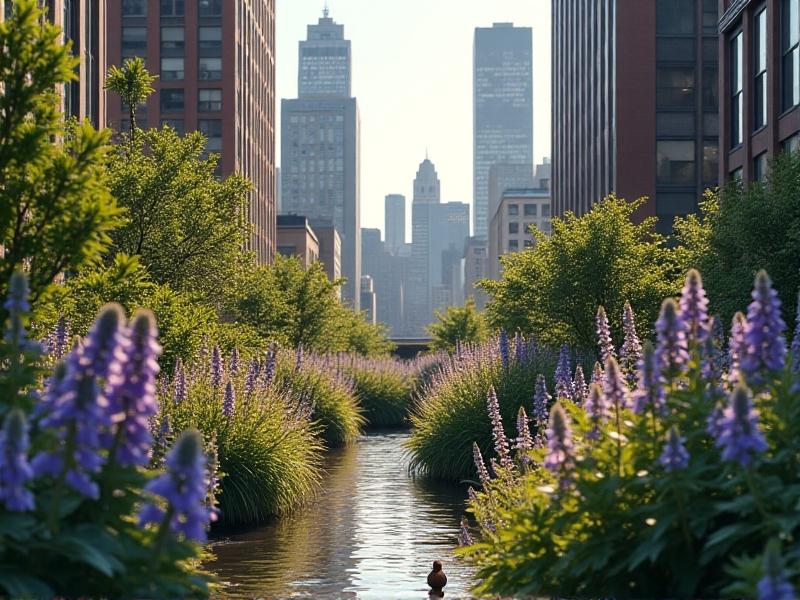
Community-Driven Solutions: Engaging Citizens in Bird Conservation
From DIY nest box campaigns to citizen science apps, grassroots efforts are amplifying urban bird protection. In London, the Swift Conservation Project enlists residents to install nest bricks in homes, creating a citywide network of shelters for these migratory birds. Schools are adopting "bird-safe campus" pledges, replacing sterile courtyards with berry-bearing shrubs that provide food and windbreaks. When communities co-design solutions—like Philadelphia’s stormwater wetlands that double as heron habitats—the results are both practical and ecologically transformative.
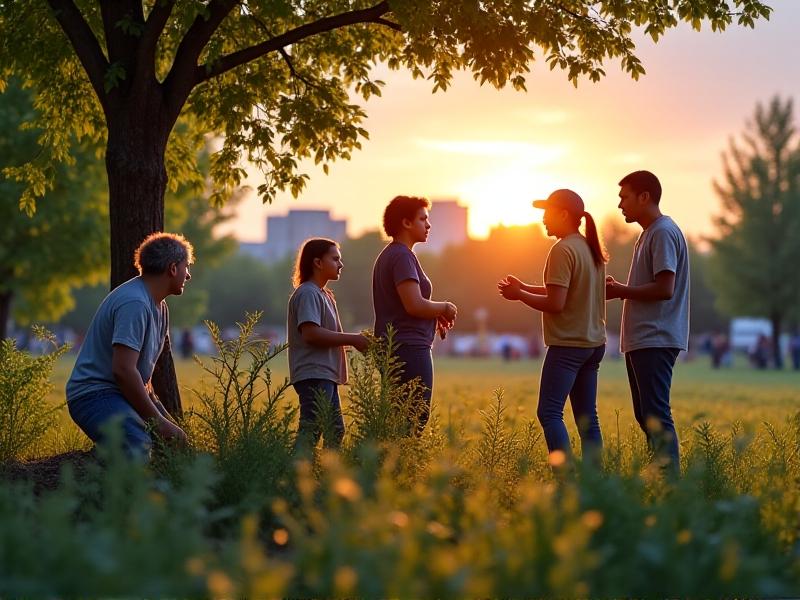
Case Studies: Cities Leading the Way in Weather-Resistant Design
Singapore’s Biophilic Urbanism Project showcases how to hardwire avian resilience into city planning. Skybridges between high-rises feature wind-buffered planter boxes where bulbuls take refuge during monsoons. Copenhagen’s Climate-Adaptive Neighborhood uses AI-powered bird feeders that dispense extra seeds before predicted cold snaps. Meanwhile, Melbourne’s Urban Forest Strategy has increased tree canopy by 40%, creating microclimates that shield birds from heat island effects—proof that multispecies design can thrive in metropolises.
The Future of Urban Bird Protection: Emerging Technologies and Trends
Tomorrow’s cities might deploy sensor networks to monitor microclimate risks in real-time, alerting conservationists when temperatures exceed avian tolerance levels. 3D-printed "bio-bricks" embedded with seeds could create walls that grow into habitats after installation. Researchers are even testing hydrophobic coatings for feathers inspired by lotus leaves—an example of biomimicry that could inspire self-cleaning, water-repellent nesting materials. As climate uncertainty grows, integrating these innovations into urban planning will determine whether cities remain hostile environments or evolve into sanctuaries.

